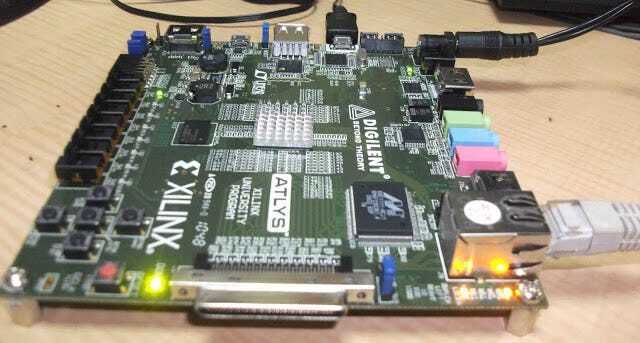Implementing standard communication protocols like SPI, I2C, and UART in an FPGA involves designing the protocol logic in hardware using an HDL (usually Verilog or VHDL). Here's an overview of how to approach each protocol:
🔁 1. UART (Universal Asynchronous Receiver/Transmitter)
✅ Characteristics:
- Asynchronous (no clock line)
- Common for serial communication (e.g., with PCs, sensors)
- Uses TX and RX lines
🧠 Implementation Basics:
- Baud Rate Generator: Divides system clock to match UART speed (e.g., 9600 bps)
- Transmitter: Adds start/stop bits, shifts out data
- Receiver: Detects start bit, samples data at mid-bits
💡 Verilog Example (Transmitter Skeleton):
verilog
module uart_tx(
input clk,
input start,
input [7:0] data,
output reg tx,
output reg busy
);
// FSM and baud divider logic here...
endmodule
🔄 2. SPI (Serial Peripheral Interface)
✅ Characteristics:
- Synchronous, full-duplex
- Uses MOSI, MISO, SCLK, and SS (CS)
- Master generates the clock
🧠 Implementation Basics:
Master:
- Generates SCLK
- Shifts out data on MOSI
- Samples MISO
Slave:
- Waits for SCLK and SS
- Responds with MISO on each bit
💡 Verilog Example (SPI Master Skeleton):
verilog
module spi_master (
input clk,
input [7:0] data_in,
input start,
output reg sclk,
output reg mosi,
input miso,
output reg done
);
// SPI bit-banging FSM and shift register
endmodule
🔀 3. I²C (Inter-Integrated Circuit)
✅ Characteristics:
- Synchronous, half-duplex
- Open-drain: uses SDA and SCL
- Requires precise timing (start/stop bits, ACK/NACK)
- Multiple devices on the bus (addressed)
🧠 Implementation Basics:
Master:
- Controls SCL and SDA
- Generates start, stop, data, and ACK/NACK
Slave:
- Waits for address match
- Responds accordingly
⚠️ Considerations:
You must implement open-drain logic (typically simulate it with tri-state outputs or use external pull-ups).
💡 Verilog Snippet (Simplified SDA control):
verilog
assign sda = sda_out_en ? 1'b0 : 1'bz; // open-drain control
🧰 Design Tips
🧪 Bonus: Test With Real Devices
Once implemented, test communication with:
- UART: USB-to-serial adapters or terminal software (e.g., PuTTY)
- SPI/I2C: Real sensors (e.g., MPU6050, EEPROMs) or an Arduino acting as master/slave
✅ Alternatives
If you want to skip implementation:



